Chestnut Lumber
- July 25, 2023
- 0 comment
Chestnut Lumber is a sought-after wood type derived from the Castanea mollissima tree, which is native to China but can also be found in different regions of Asia and the United States. This particular lumber has garnered significant attention and recognition within the woodworking industry due to several notable qualities that make it highly desirable for various applications.
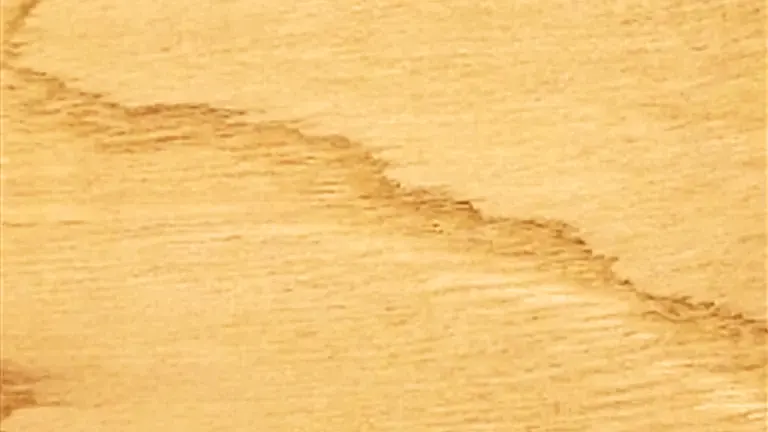
One of the key features that sets Chestnut Lumber apart is its exceptional durability. The wood from the Castanea mollissima tree possesses natural properties that make it resistant to decay and insect infestations. This durability ensures that products made from this lumber can withstand the test of time, making it an excellent choice for long-lasting furniture and structures.
Beyond its functional properties, Chestnut Lumber is also admired for its captivating aesthetics. The wood showcases a light to medium brown hue that adds warmth and elegance to any finished product. Moreover, the lumber may exhibit darker streaks, which contribute to the wood’s unique and visually appealing character. These dark streaks often create eye-catching patterns and enhance the overall beauty of the wood when used in woodworking projects. Furthermore, Chestnut Lumber boasts versatility in its applications. Woodworkers and craftsmen can utilize this lumber in a wide range of projects due to its ability to be easily worked, cut, and shaped.
| Common Name(s) | Chestnut Lumber |
|---|---|
| Scientific Name | Castanea mollissima |
| Distribution | Native to China, found in parts of Asia and the US |
| Tree Size | Medium to large, reaching up to 60-100 feet in height |
| Average Dried Weight | 35-41 lbs/ft³ (560-660 kg/m³) |
| Specific Gravity | 0.56-0.66 |
| Janka Hardness | 540 lbf (2,400 N) |
| Modulus of Rupture | 12,600 lbf/in² (87.0 MPa) |
| Elastic Modulus | 1,570,000 lbf/in² (10.83 GPa) |
| Crushing Strength | 6,790 lbf/in² (46.8 MPa) |
| Shrinkage | Radial: 4.6%, Tangential: 8.7%, Volumetric: 13.3% |
Characteristics
Color/Appearance
Chestnut Lumber displays an enchanting array of colors, mainly comprising light to medium brown tones with intermittent darker streaks, creating a visually appealing and inviting appearance for woodworking projects. The wood’s inherent luster adds to its allure, making it an excellent choice for various applications. Over time and with exposure to sunlight, the lumber develops a captivating golden-brown patina, further enhancing its character and elegance. Its straight grain and uniform texture provide versatility in finishing options, making it a preferred and enduring selection for crafting elegant pieces that seamlessly complement a diverse range of interior styles.

Grain/Texture
Chestnut Lumber is known for its straight grain pattern, which contributes to its clean and elegant appearance. The wood’s grain is uniform, with a distinctive coarse texture that adds depth and character to finished pieces. This combination of straight grain and coarse texture makes it an attractive choice for both rustic and refined woodworking projects.
Rot Resistance
Chestnut Lumber possesses excellent resistance to decay and rot, making it well-suited for both indoor and outdoor applications. Its natural durability against moisture and fungal attacks ensures that products made from this wood can withstand the rigors of outdoor environments, such as fences, posts, and garden furniture, without the need for chemical treatments.
Workability
Working with Chestnut Lumber is generally a pleasant experience for woodworkers. The wood is relatively easy to work with using hand and machine tools, allowing for smooth shaping and carving. It also responds well to cutting, milling, and sanding, enabling precise craftsmanship.


However, due to its high density, Chestnut can cause blunting of cutting edges, especially in hard and dense sections of the wood. To avoid this, pre-drilling is recommended when using screws to prevent splitting and ensure a secure hold.
Odor
Chestnut typically lacks any distinct odor when being worked. This characteristic makes it suitable for applications where avoiding strong odors is preferred, particularly in indoor settings.
Allergies/Toxicity
Chestnut Lumber is considered safe and non-toxic to work with. There are no known allergenic properties associated with this wood, making it a suitable choice for individuals with sensitivities.
Pricing/Availability
The availability of Chestnut Lumber may vary depending on the region. It is more abundant in areas where the tree is native, such as China and some parts of Asia. In these regions, it is generally more accessible and competitively priced. However, availability might be more limited in other parts of the world, which can affect pricing.
Sustainability
Chestnut is considered a sustainable wood choice, as it is not listed in any endangered or threatened species lists. The tree is relatively abundant in its native regions, and responsible harvesting and cultivation practices help maintain its sustainability.
Common Uses
Chestnut Lumber finds widespread application in various woodworking projects. Its versatility makes it suitable for crafting furniture, cabinetry, and interior trim. Its natural rot resistance also makes it a favored choice for outdoor projects like fences, posts, and garden furniture. Additionally, Chestnut Lumber is used for flooring due to its strength and appealing appearance. Its adaptability across indoor and outdoor applications has contributed to its popularity among woodworkers and builders alike.

There are several different kinds of Chestnut Lumber, each sourced from different species of the Chestnut tree. Some of the most notable types include:
- American Chestnut (Castanea dentata): American Chestnut Lumber was once abundant in North America before succumbing to a devastating blight in the early 20th century. Historically, it was widely used in construction and furniture making for its excellent workability and durability. Today, efforts are being made to restore this once-dominant species.
- European Chestnut (Castanea sativa): European Chestnut Lumber, also known as Sweet Chestnut, is native to Europe and has been used for centuries in various woodworking applications. It features a straight grain and a warm, light brown color. The lumber is well-regarded for its versatility and is commonly used in furniture, cabinets, and architectural millwork.
- Chinese Chestnut (Castanea mollissima): As described earlier, Chinese Chestnut Lumber is derived from the Castanea mollissima tree, native to China and parts of Asia. It is known for its straight grain, coarse texture, and natural resistance to decay, making it suitable for both indoor and outdoor projects.
- Japanese Chestnut (Castanea crenata): Japanese Chestnut Lumber, native to Japan and Korea, shares many similarities with European Chestnut in terms of appearance and properties. It is often used in the same applications, including furniture making and interior trim.
- Ozark Chinquapin (Castanea ozarkensis): Ozark Chinquapin is a species native to the United States, specifically the Ozark Mountains region. Although similar in appearance to American Chestnut, it is a smaller tree and less commonly used in woodworking. Efforts are also being made to restore this species, which has been affected by disease and other factors.
Frequently Asked Questions
- Is Chestnut Lumber suitable for outdoor use?
Yes, Chestnut’s natural rot resistance makes it suitable for outdoor applications such as fences, posts, and outdoor furniture. - Does Chestnut have any distinctive odor when being worked?
No, Chestnut typically lacks any distinct odor when being worked. - Is Chestnut Lumber a sustainable wood choice?
Yes, Chestnut is considered a sustainable option as it is not listed in any endangered or threatened species lists. - What is the average dried weight of Chestnut Lumber?
The average dried weight of Chestnut Lumber is approximately 35-41 lbs./ft³ (560-660 kg/m³). - What is the Janka hardness of Chestnut Lumber?
The Janka hardness of Chestnut Lumber is 540 lbf (2,400 N).
We’d love to hear from you! Share your personal experiences and thoughts about Chestnut Lumber in the comments section below. Your insights could help fellow enthusiasts make informed decisions!


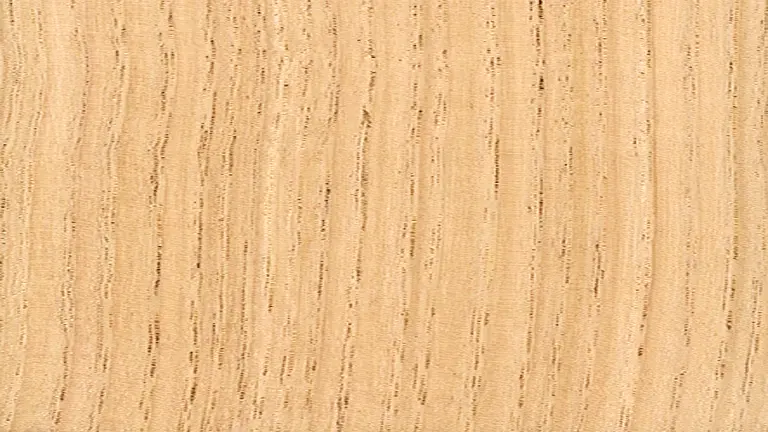
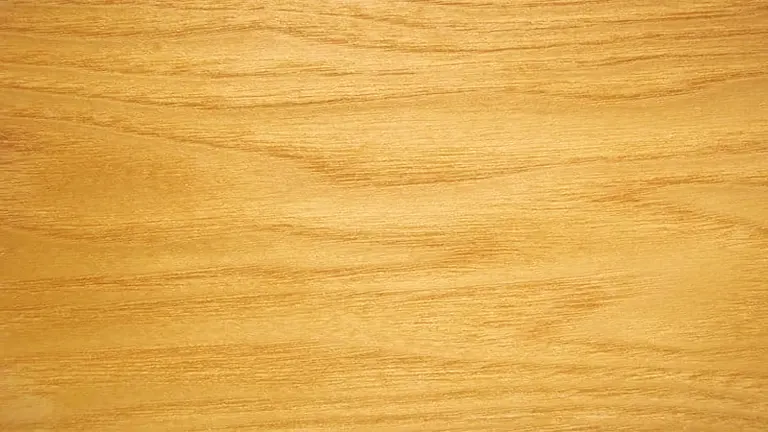
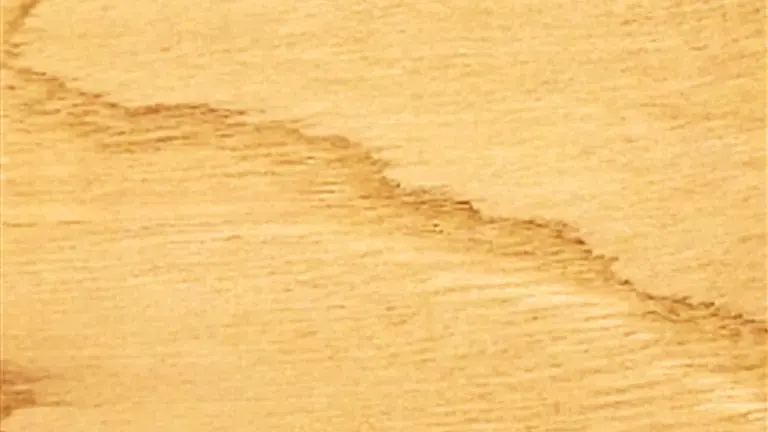
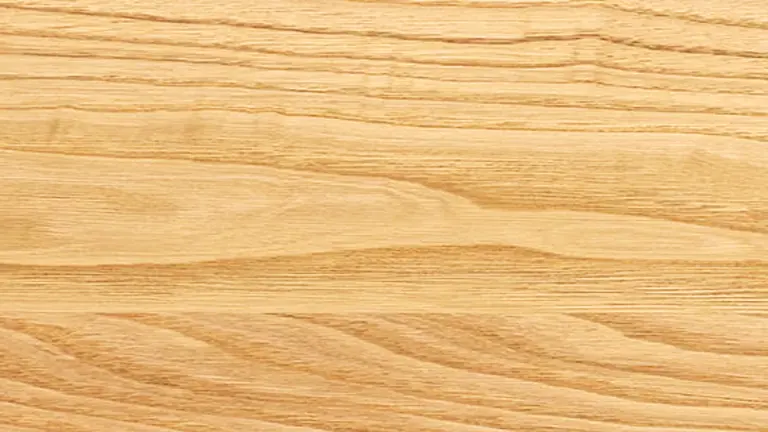
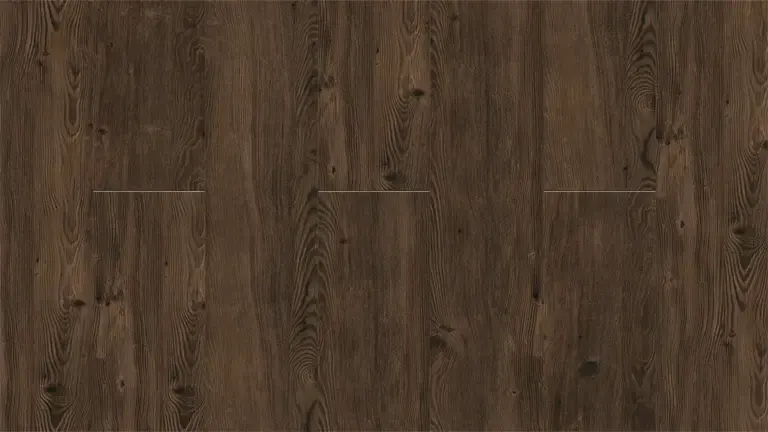
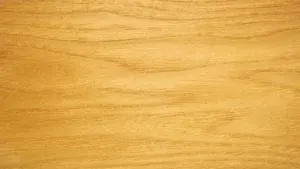




Leave your comment